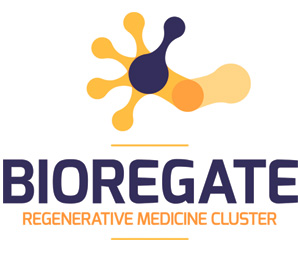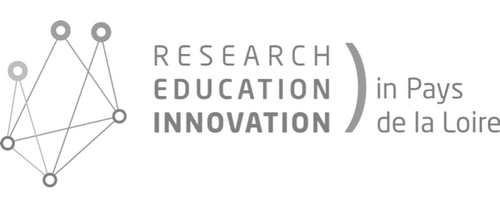In both directing and fostering the natural ability of stem cells to self-organize, significant advances have been made in the generation of functional human intestinal organoids. However, conventional methods for their generation are solely biological, when indeed intestinal development and morphogenesis are impacted by dynamic mechanical forces.
As our understanding of these mechanical forces during development deepens, we are presented with the opportunity to include them in our tissue engineering strategies.
Here we have taken an interdisciplinary approach to the generation of intestinal tissue to test the hypothesis that incorporated uniaxial strain induce growth and maturation of the intestinal tissue.
We therefore propose the following aims
Aim 1. Characterize the effects of uniaxial tension on human intestine development and maturation in vivo.
Aim 2. Develop a human intestinal tissue model system in vitro to study uniaxial tensioninduced modifications.
Using a variety of outcome measures including morphometric quantification, transcriptome profiling, and functional assays, we expect finding that human pluripotent stem cell derived intestinal organoid further develop and mature both in vivo and in vitro. These aims utilize a multidisciplinary approach to provide data and innovative model systems to evaluate the tension effects on human intestine maturation and potential mechanisms controlling intestinal development.
Thus, this application will bring knowledge in the effect of forces in intestinal development, more importantly, it will set the basis for sustainable intestinal tissue engineering and potential scaling.

